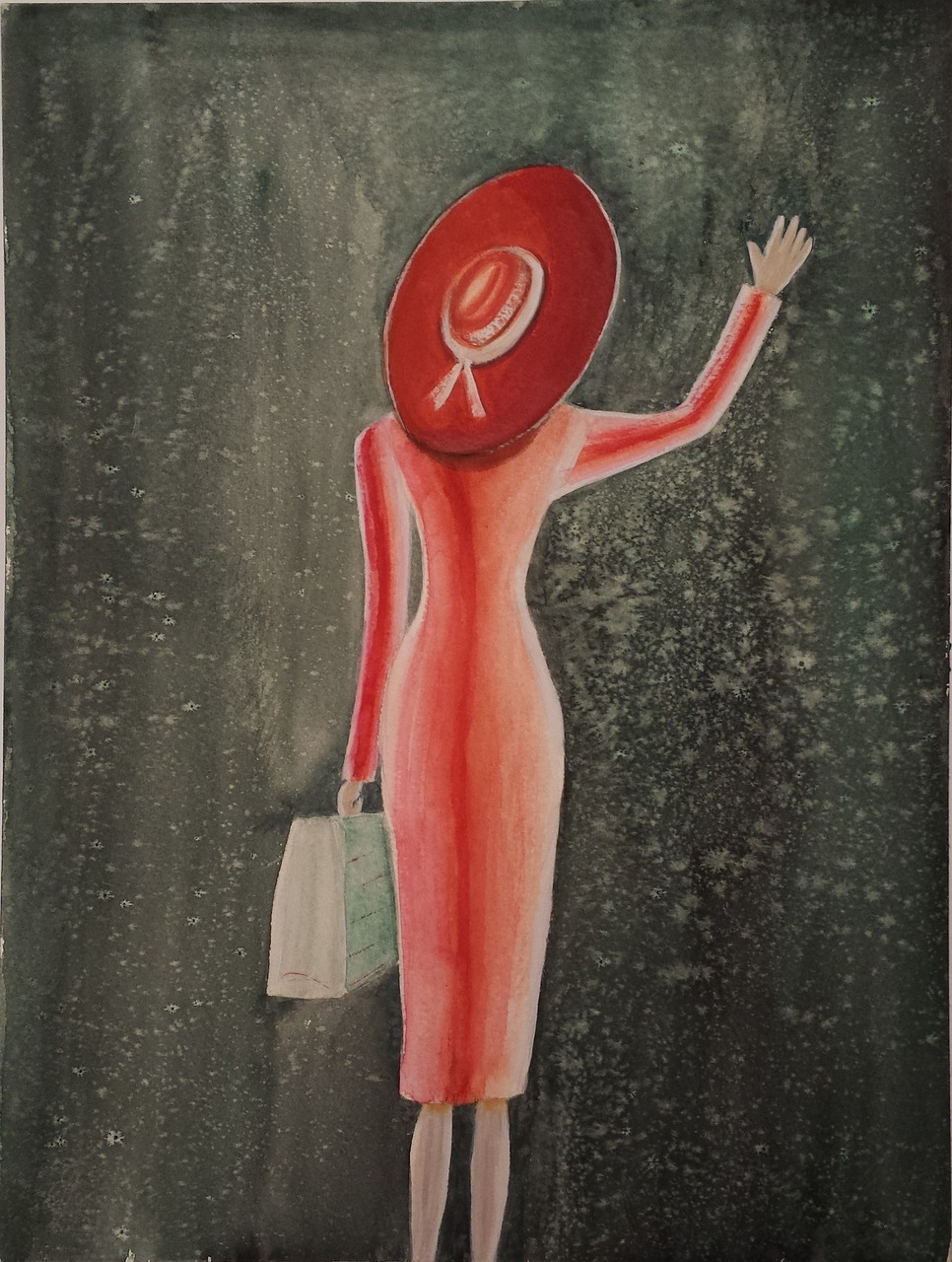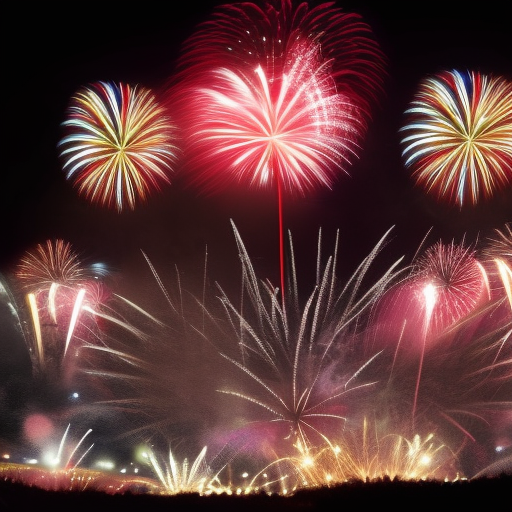Interjections are versatile and can vary based on the context and the speaker’s emotions. They add color and emotion to language, allowing speakers to convey their feelings in a vivid and immediate way. Unlike other parts of speech, interjections do not have a grammatical connection with the other words in the sentence. Instead, they function independently to express the speaker’s emotions or reactions.
Interjection-Definition
An Interjection is a short word or phrase used to express strong feelings or emotions. It is a part of speech that stands alone and does not connect grammatically with the other words in a sentence. Interjections are used to convey various emotions such as surprise, joy, sadness, approval, or disgust, and they add expressiveness and emphasis to spoken language.
Some common examples of interjections include:
- Wow! (expressing astonishment or admiration)
- Oh no! (expressing dismay or regret)
- Yay! (expressing joy or excitement)
- Eww! (expressing disgust)
- Oops! (expressing mild error or mistake)
- Ah! (expressing realization or understanding)
- Alas! (expressing sorrow or regret)
- Phew! (expressing relief)
Interjection-Examples
| S. No | Type of Emotions | Meanings | Examples |
| 1. | Joy | Expressing happiness or excitement. | Yay! We won the game! |
| 2. | Surprise | Showing astonishment or unexpected reaction. | Wow, that’s amazing! |
| 3. | Sadness | Expressing sorrow or disappointment. | Alas, we lost the match. |
| 4. | Approval | Showing agreement or approval. | Yes, that’s a great idea! |
| 5. | Disgust | Expressing dislike or repulsion. | Eww, this food tastes awful! |
| 6. | Awe | Expressing wonder or admiration. | Oh, look at the beautiful fireworks! |
| 7. | Greeting | Used to say hello or attract attention. | Hello, everyone! |
| 8. | Farewell | Used to say goodbye or express good wishes. | Bye, see you later! |
Here are some examples of different types of expressions that can be used as interjections

Joy

Approval

Farewell

Surprise

Disgust

Sadness

Awe

Greeting
Interjection-Types
Interjections can be categorized into different types based on the emotions they express.
1. Primary Interjections:
Primary interjections are basic expressions of emotions and are not derived from any other word. They are the most common type of interjections.
Examples:
- Wow! (expressing astonishment)
- Ouch! (expressing pain)
2. Secondary Interjections:
Secondary interjections are derived from other words and are slightly modified to express emotions.
Examples:
- Yikes! (modified form of “yikes,” expressing fear or shock)
3. Volitive Interjections:
Volitive interjections express a strong desire, wish, or command.
Examples:
- Please! (expressing a polite request)
- Stop! (giving a command)
4. Emotive Interjections:
Emotive interjections convey the speaker’s emotional state or attitude.
Examples:
- Alas! (expressing sorrow or regret)
- Bravo! (expressing admiration)
5. Cognitive Interjections:
Cognitive interjections express understanding, realization, or thinking.
Examples:
- Aha! (expressing sudden realization)
- Hmm (expressing thinking or contemplation)
6. Greetings and Parting Words:
These interjections are used for greetings or saying goodbye.
Examples:
- Hello! (greeting someone)
- Goodbye! (saying farewell)
7. Interjections and Punctuation:
Interjections are often followed by an exclamation mark to emphasize the strong emotion being expressed.
Examples:
- What a beautiful sunset!
- Hurray! We won the game!
Interjections can also be followed by a comma if they occur in the middle of a sentence and are not strongly emphasized.
Examples:
- Well, I never expected that!
- Hmm, how are we going to do this?
Different types of interjections serve various emotional and communicative purposes, and their usage is often marked by appropriate punctuation to reflect the intensity of the emotion being expressed.
